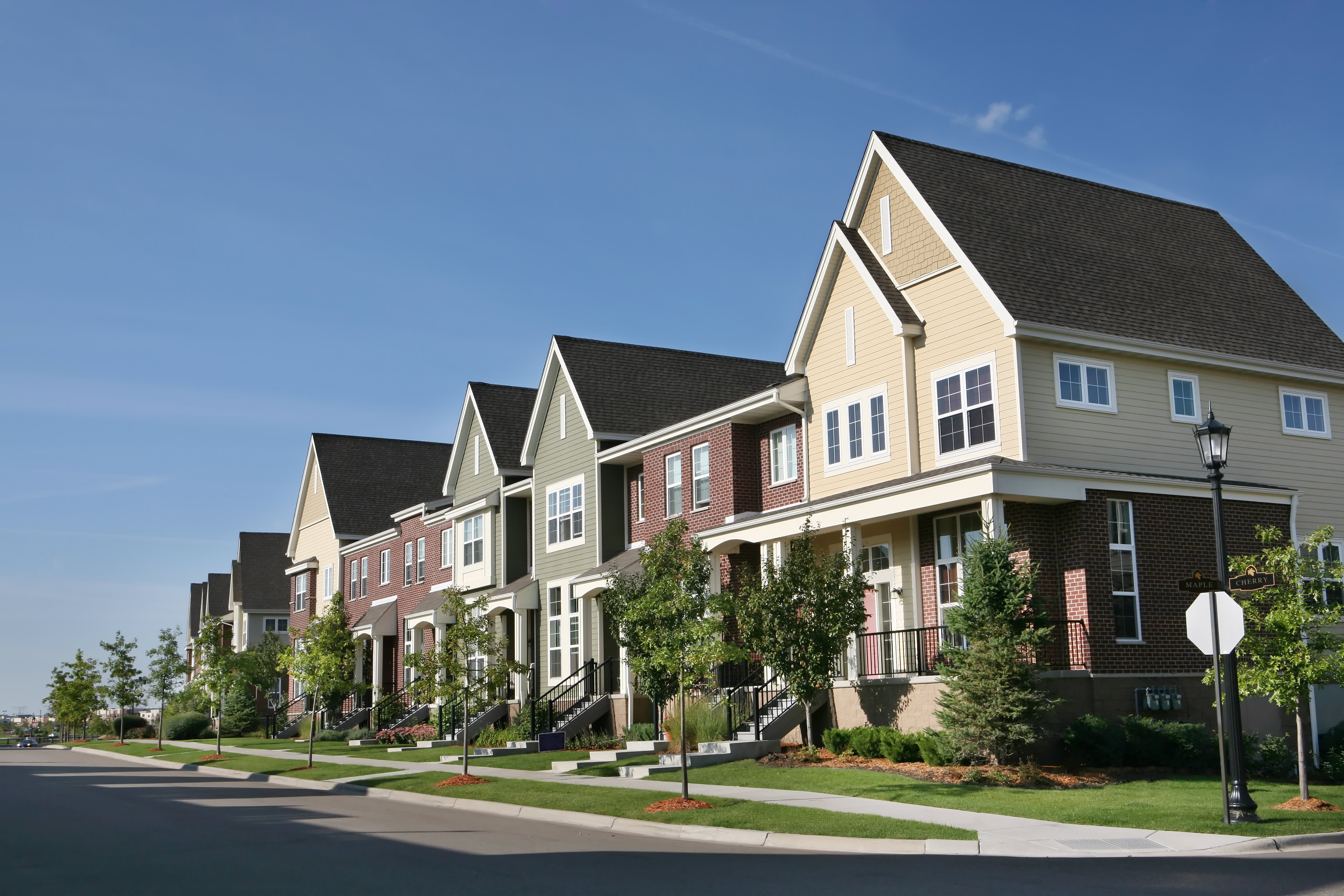The number of borrowers in both government and private sector Covid mortgage bailout programs is falling fast, but for those still in trouble, the future is not as bleak as originally thought.
Extraordinarily high levels of home equity, thanks to the recent runup in home prices, has struggling borrowers in a far better position now than they were at the start of the pandemic.
The number of active mortgage forbearance plans, in which borrowers were allowed to delay their monthly payments, fell by more than 5% from the previous week, according to a new report from Black Knight, a mortgage data and analytics firm.
The drop was driven by August expirations. Borrowers were allowed up to 18 months of forbearance from entry into the programs, so expirations are now rolling. September is expected to see an outsized group of 400,000 expirations because the wave of borrowers enrolling was highest in March and April 2020.
There are still 1.618 million borrowers in forbearance programs (down from roughly 5 million at the peak in May 2020), or 3.1% of all outstanding mortgages, representing an unpaid balance of $313 billion. But 98% of those troubled borrowers now have at least 10% equity in their homes, not counting their missed payments. Including those payments, 93% still have more than 10% equity. Given today’s tight housing market, the majority could easily sell and still pocket some profit.
“Such strong equity positions should help limit the volume of distressed inflow into the real estate market as well as provide strong incentive for homeowners to return to making mortgage payments — even if needing to be reduced through modification,” said Ben Graboske, president of data and analytics for Black Knight.
$1 trillion in ‘tappable equity’
So-called tappable equity — the amount of cash available for homeowners with mortgages to take out of their homes while retaining at least 20% equity — rose by a collective $1 trillion in the second quarter of 2021 alone. Fast-rising home prices have pushed the level of home equity up from a little over $6 trillion at the start of the pandemic to just over $9 trillion.
The latest read from CoreLogic in July showed home prices nationally up a record 18% from July 2020. Some states, like Idaho and Arizona, saw even bigger gains at 33% and 28%, respectively.
“Home price appreciation continues to escalate as millennials entering their prime homebuying years, renters looking to escape skyrocketing rents and deep pocketed investors drive demand,” said Frank Martell, president and CEO of CoreLogic.
Even with sky-high prices and equity, foreclosure starts (the beginning of the foreclosure process), rose in August, up 27% from July and up 60% from August 2020, according to Attom, a foreclosure and data company. While those jumps may seem large, they are off a very low base. Foreclosure starts were more than three times higher in August 2019, pre-pandemic.
“As expected, foreclosure activity increased as the government’s foreclosure moratorium expired, but this doesn’t mean we should expect to see a flood of distressed properties coming to market,” said Rick Sharga, executive vice president at RealtyTrac, an Attom company that lists foreclosed properties for sale.
Sharga expects to see foreclosure activity increase over the next three months, as loans that were in default prior to the pandemic-related foreclosure moratorium reenter the foreclosure pipeline, and states begin to catch up on months of foreclosure filings that weren’t processed during the pandemic.
“But it’s likely that foreclosures will remain below normal levels at least through the end of the year,” he added.
